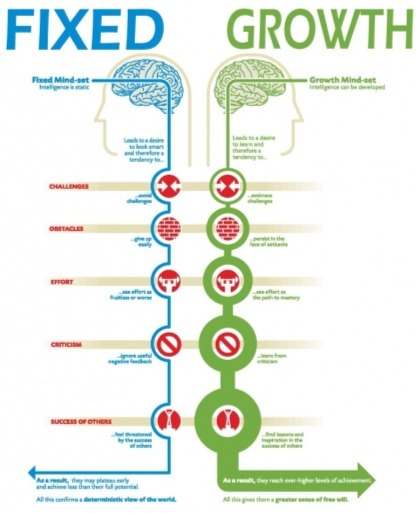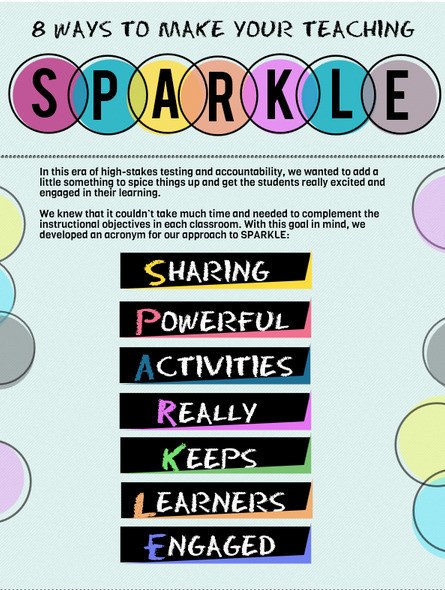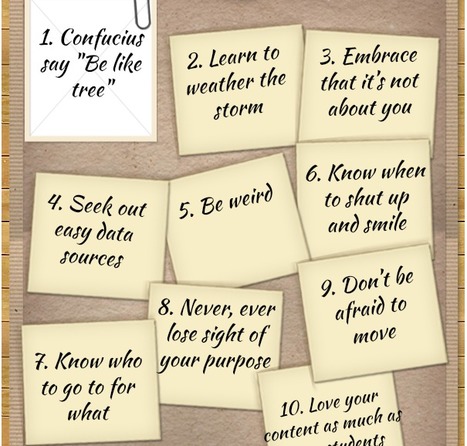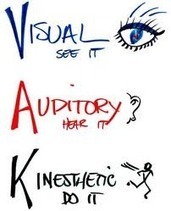Many technologies have promised to revolutionize education, but so far none has. With that in mind, what could revolutionize education? These ideas have been...
Get Started for FREE
Sign up with Facebook Sign up with X
I don't have a Facebook or a X account
 Your new post is loading... Your new post is loading...
 Your new post is loading... Your new post is loading...

flea palmer's curator insight,
September 25, 2013 9:09 AM
You think it's gone forever ...but not necessarily!

Tracy Hanson's curator insight,
April 5, 2013 3:14 PM
It seems the more people deny there are learning styles the more information surfaces explaining them.

Olivier Lestriez's comment,
April 15, 2012 7:45 PM
This article is so interesting I translated it into French... here's the link : http://letraitdunionfrancophone.com/profiles/blogs/experience-tice-etudiants-ou
|

Mary Cunningham's curator insight,
April 7, 2013 12:54 PM
This fits really well with the SIM work that has been happening! It is a nice visual representation of the Dwek work.
Jaimee's curator insight,
March 5, 2014 10:06 AM
People/Students do not go for the challenges because they are scared of failure. With failure come consequences fro example low grades. Anyone can say the grade doesn't matter it is what you learned, however without the grade you can lose out on getting accepted into colleges or fail a class.
This article is about about how one can reach success by having a growth mindset. By gaining and having the drive to gain more knowledge.
Paul leslie large's curator insight,
October 15, 2014 12:02 AM
...a couple more: - know your students (passions/knowledge/relationships) - be a part of the learning team; don't be afraid of "I don't know". |





















Video para los desafíos de la educación en el curso de docencia en línea.
When so many new technologies promise to transform education - what role is left to the teacher? Why is the teacher still important? This powerful clip effectively presents compelling arguments for the importance of teaching students in a 'social' classroom setting - with reference to 'how' students learn; making the best of all types of tools to aid what goes on 'in the student's head'.
Dá que pensar....